Identifying Japanese Knotweed can be quite a challenge due to its resemblance to several other plants. Proper identification is crucial because Japanese Knotweed is a highly invasive species that can cause serious damage to property and ecosystems if not managed correctly. In this guide, we’ll explore the top 10 plants commonly mistaken for Japanese Knotweed and provide key differences to help you identify them accurately.
Why Accurate Identification Matters
Japanese Knotweed is not just another garden weed; it’s an invasive species that can lead to significant property damage and costly repairs. Misidentification can result in unnecessary stress and potentially harmful management practices. Knowing what Japanese Knotweed looks like and how to distinguish it from lookalikes is essential for effective control and treatment.
What Does Japanese Knotweed Look Like?
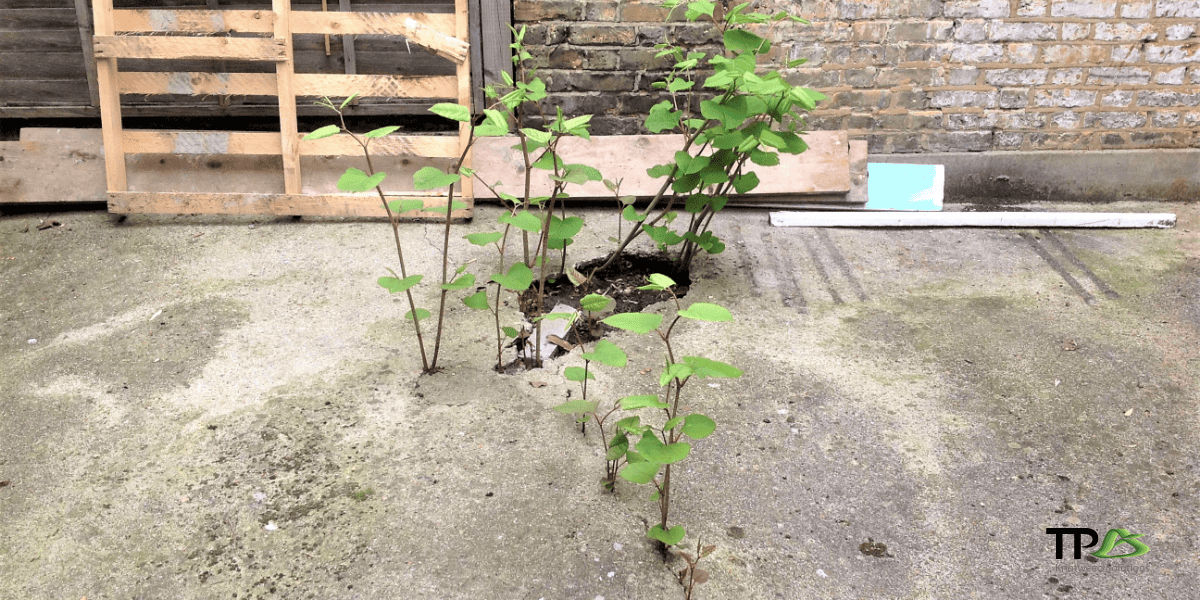
Before diving into the lookalikes, let’s review the key characteristics of Japanese Knotweed:
- Buds: In early spring, red/purple shoots emerge from the ground.
- Stems: Hollow, bamboo-like stems with distinct nodes.
- Leaves: Heart or shovel-shaped leaves arranged in a zig-zag pattern along the stems.
- Flowers: Small, creamy-white flowers that bloom in late summer.
The Top 10 Plants Mistaken for Japanese Knotweed
Bindweed (Convolvulus arvensis)
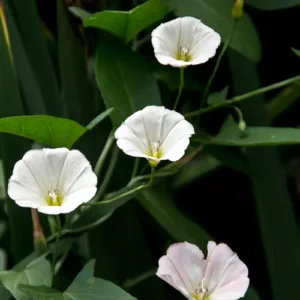
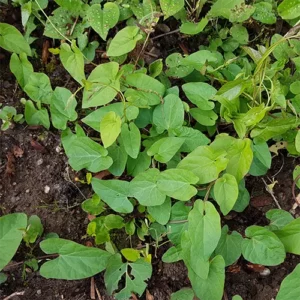
Description: A twining vine with white or pink funnel-shaped flowers.
Key Differences: Bindweed climbs and has distinctive funnel-shaped flowers, unlike the upright growth of Knotweed.
Russian Vine (Fallopia baldschuanica)
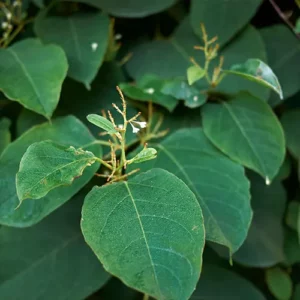
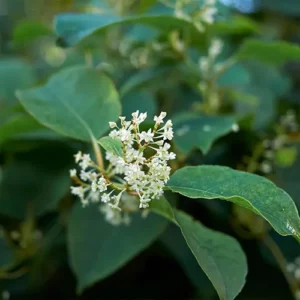
Description: A fast-growing vine with small white flowers.
Key Differences: More delicate stems and a profusion of small flowers distinguish it from Knotweed’s thicker stems and larger leaves.
Himalayan Honeysuckle (Leycesteria formosa)
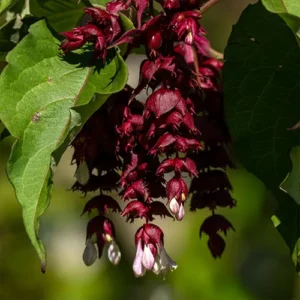
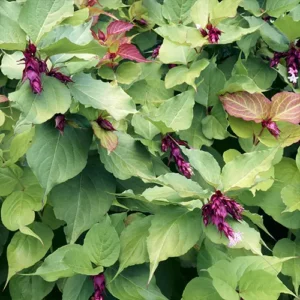
Description: A shrub with red stems and hanging clusters of flowers.
Key Differences: The red stems and distinct flower clusters are different from Knotweed’s white flowers and green stems.
Ivy (Hedera helix)
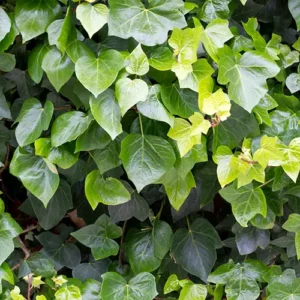
Description: A climbing plant with lobed leaves.
Key Differences: Ivy’s climbing habit and leaf shape are distinct from the upright, bamboo-like growth of Knotweed.
Broadleaf Dock (Rumex obtusifolius)
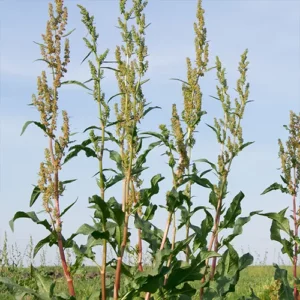
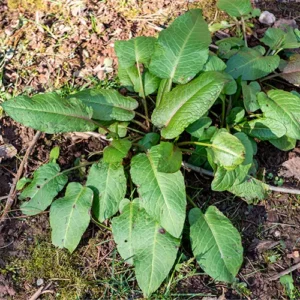
Description: A plant with large, broad leaves and tall flower spikes.
Key Differences: Dock has broader leaves and a different flowering pattern compared to Knotweed.
Ground Elder (Aegopodium podagraria)
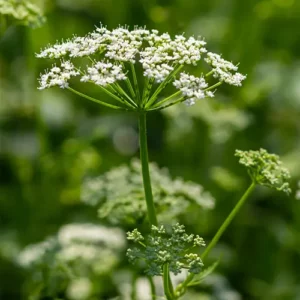
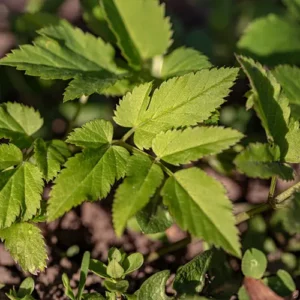
Description: A perennial with toothed leaves and umbrella-like clusters of white flowers.
Key Differences: Ground Elder’s leaf shape and flower arrangement differ significantly from Knotweed.
Giant Fleece Flower (Persicaria polymorpha)
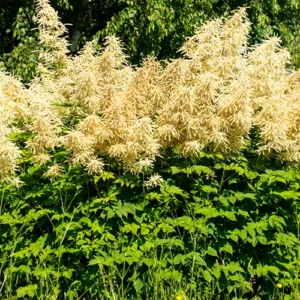
Description: A tall plant with large leaves and white flower clusters.
Key Differences: Larger leaves and a more upright growth habit distinguish it from Knotweed.
Red Bistort (Persicaria amplexicaulis)
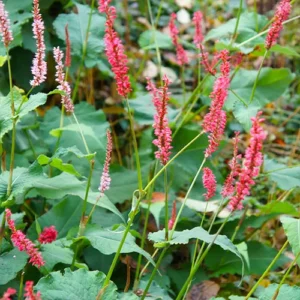
Description: A plant with pink flower spikes and broad leaves.
Key Differences: The pink flowers and leaf arrangement set it apart from Knotweed.
Redshank (Persicaria maculosa)
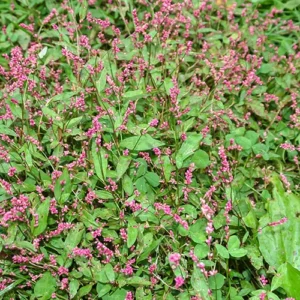
Description: A common weed with reddish stems and small pink flowers.
Key Differences: The reddish stems and smaller flower clusters differ from Knotweed’s appearance.
Bamboo (Various species)
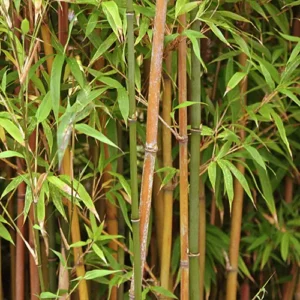
Description: Woody grasses with jointed stems.
Key Differences: Although similar in stem appearance, bamboo leaves and growth patterns are different from Knotweed.
Interactive Identification Tools
To make your identification process easier, visit our Japanese Knotweed Identification Page. Use our photo uploader to get expert advice.
What to Do If You Suspect Japanese Knotweed
If you think you’ve found Japanese Knotweed, it’s important to act quickly and correctly. Here are the steps to take:
- Take Clear Photos: Capture plant images, focusing on key characteristics like stems, leaves, and flowers.
- Contact Professionals: Use our identification service to get an expert opinion.
- Avoid Disturbing the Plant: Improper handling can cause it to spread further.
- Schedule a Survey: Book a professional survey to confirm the identification and discuss treatment options.
Conclusion
Properly identifying Japanese Knotweed is essential for effective management and control. By familiarising yourself with the top lookalikes and their key differences, you can avoid costly mistakes and take the right steps to protect your property. For expert help and more information, visit our Japanese Knotweed Identification.
Are you looking for professional help identifying or removing Japanese Knotweed? Contact us today for expert advice and comprehensive services to manage this invasive species effectively.



